From the OAME 2015 Ignite Session
Humber College – Toronto, Ontario
Friday May 8th, 2015
Earlier this month, I participated in my first ever Ignite Session at the OAME 2015 Annual Conference. If you’ve never watched an Ignite Session, they are essentially short talks where the speaker has exactly 5 minutes to get their point across. Seems pretty simple, but they also throw in this twist that you are also restricted to exactly 20 slides that automatically advance every 15 seconds. I’ve seen some pretty awesome Ignite Sessions online, so I was pretty nervous to put my own together for my first go.
My Ignite focused on Unmasking Education’s Biggest Buzzword and you can check out the footage below or jump to the slides and presenter notes.
My Slides and Presenter Notes
I’d like to take 5 minutes of your time to talk about one of the most commonly used, yet misunderstood buzzwords thrown around in education today. Most of us believe we understand it, but what the word represents is so complex, it’s often difficult to define.
If you haven’t guessed, the buzzword is “Engagement”. When it comes to student engagement, there are many different types, some enjoy puzzles made with a Puzzle Maker but unfortunately, there are no clear answers as to which types may impact student learning or which factors increase different types of engagement.
What I can tell you is that student engagement doesn’t look like this. However, I didn’t realize that back on Tuesday September 5th, 2006 when I began the long journey to bore my first cohort of math students for a full 89-day semester.
It took less than two weeks before everyone in the room, including myself, wanted out. While I may not have been able to define what student engagement looked like at the time, I definitely knew – that – was not it.
With the daily reading on the student engagement richter scale at or below zero, I turned to my familiarity with technology to help. While using technology allowed me to spend more time on classroom management than on writing a note on the board, math class was still a drag.
I believed that if I could better manage my room, students would be engaged in my lessons. If I could get students to “do what they’re supposed to do”, then then everything would be better. While using technology to present material improved the behavioural engagement of my students, it did little to nothing intellectually.
Unfortunately, the “VANITY METRIC” I was using to measure was the behavioural improvement observed when I used what I now call “BORING” slideshows misled me to believe that the technology was the magic pill to solve all the problems in my classroom and in mathematics education.
Because I was blinded by the behavioural changes in my students when I introduced technology, I was quickly on a path to implement the next tech tool in my classroom. I was completely ignorant to all of the interesting parts of mathematics, likely because they had never been shown to me.
So in came the SMART Boards, the clickers, laptop carts, iPads and Apple TV’s in order to supposedly “engage” my students. I wasn’t the only one tricked – my technology use earned me the label of “good” teacher by most simply because of the technology and not the teaching practice.
By this point, I was observing improvements to success rates and believed technology was playing a key role. I had seemingly found a working formula for high test scores, but were students actually engaged in math and enjoying the process or were they just being compliant?
It wasn’t until 2012 when I attended the OAME Conference in Kingston that I was able to attend a session that completely changed my approach to teaching. My eyes were open to new ideas I never knew existed and I’ve been building on them for students to better engage AND enjoy the process.
Before long, I joined Twitter and began learning from the “Math Twitter Blogosphere” or #MTBoS, as most know it as. Now, I’m learning from a global professional learning network consisting of thousands of math teachers willing to stretch my thinking.
While I still believe that innovative uses of technology CAN increase intellectual engagement, my blinders have been lifted to see that focusing on one small piece of the puzzle is merely a band-aid solution that can hide the underlying problems.
When I came to the conclusion that the traditional lesson format I had always used was due to familiarity rather than efficiency, I knew I had to make a change. I was tired of being the gatekeeper of math knowledge and wanted my students to have a role in the learning process.
Trying to teach math by giving students all of the answers through a list of definitions, an algorithm and 8 examples is like giving someone a crossword puzzle with all of the answers written on the page. We’ve sucked out any opportunity for curiosity or thinking.
I don’t think that anyone would argue that algorithms alone are the key to engaging our students and we would likely agree that successfully following the steps of an algorithm does not necessarily mean they understand math.
Unfortunately, it took me 8 years to realize that the traditional lesson structure I was using that focused on steps and procedures over inquiry, was promoting students to memorize math rather than build a deep understanding of how it all connected.
Now, lessons are delivered in a task based format allowing students to use the inquiry process to make connections to their prior knowledge. When students prove to themselves that they can solve a problem independently, we can extend thinking to a new learning goal with greater ease.
What I’ve realized only recently is that maximizing intellectual engagement of our students has less to do with making math tasks real world or relevant, but rather, how we ask those questions.
So, if I’ve learned anything about student engagement, it is this – never stop trying to find new ways to leverage the natural human curiosity we all have in order to expose the beauty of mathematics to our students. And, If we can find a way to do it daily, student engagement will be a buzzword of the past.
WANT TO LEARN HOW TO TEACH THROUGH TASK?

Share With Your Learning Community:

About Kyle Pearce
I’m Kyle Pearce and I am a former high school math teacher. I’m now the K-12 Mathematics Consultant with the Greater Essex County District School Board, where I uncover creative ways to spark curiosity and fuel sense making in mathematics. Read more.
Read More From The Blog

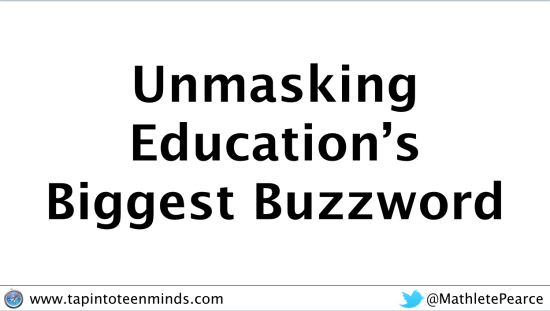
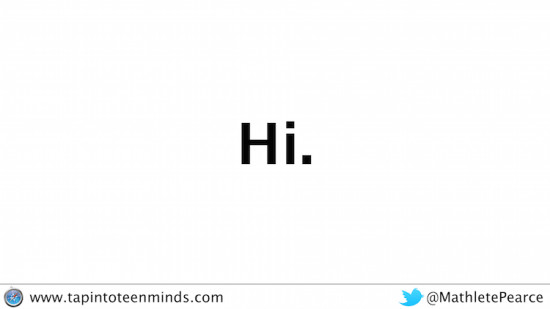
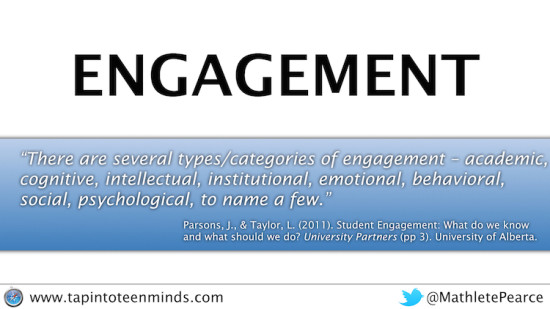
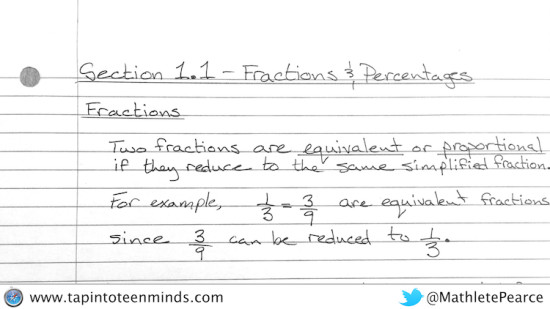
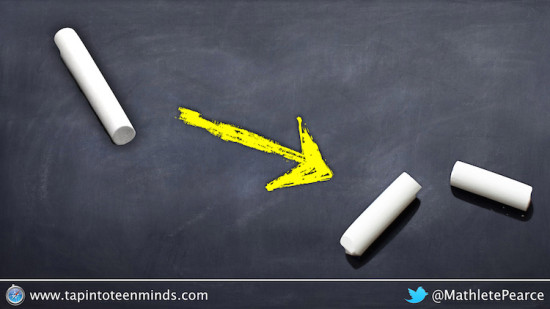
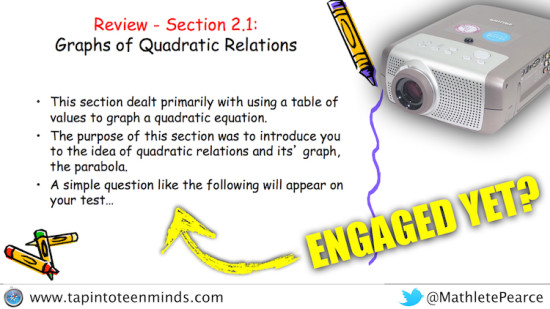
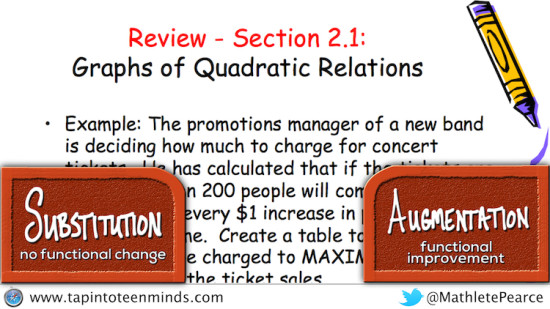


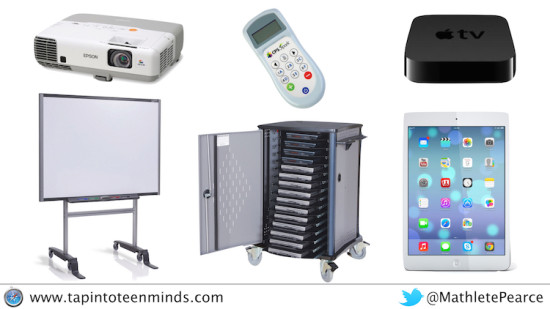
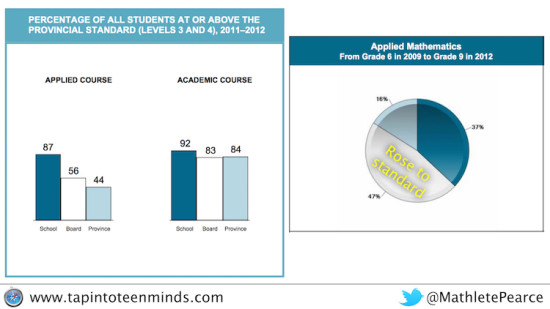
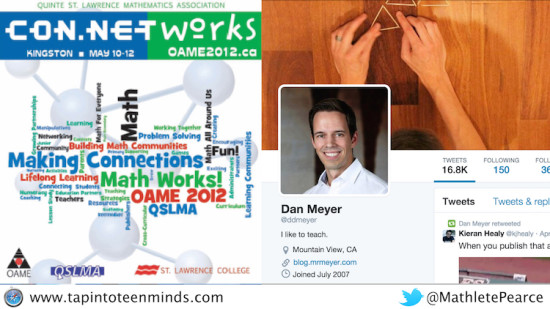
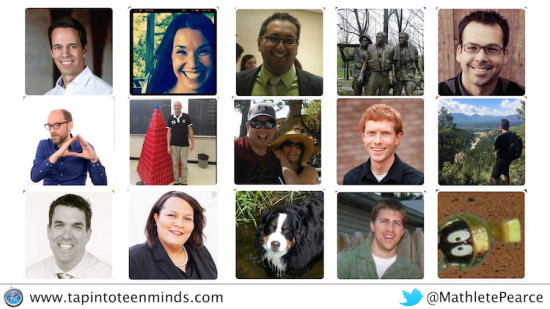
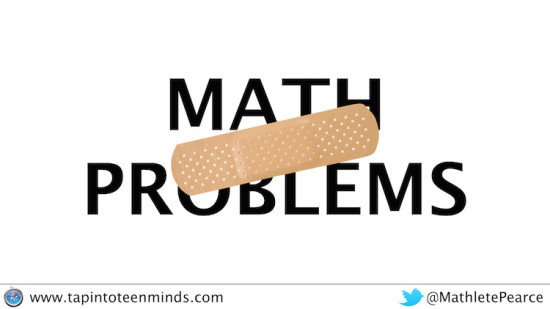
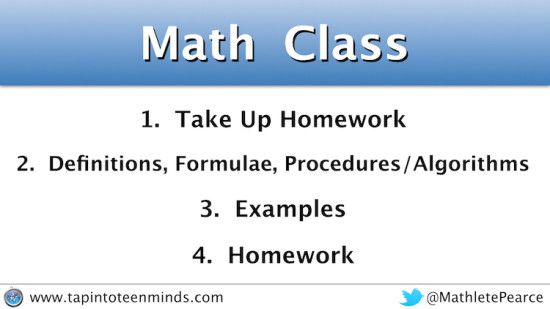
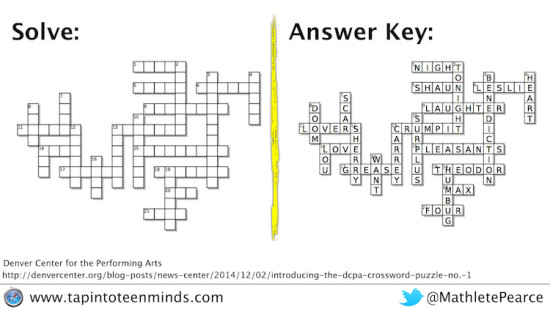
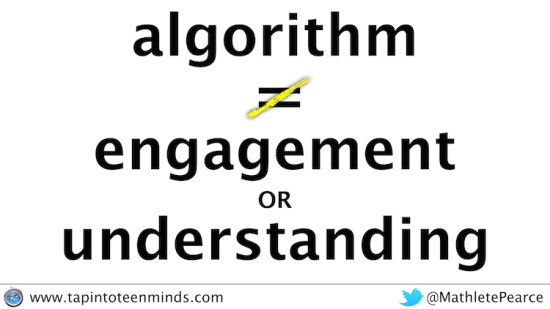
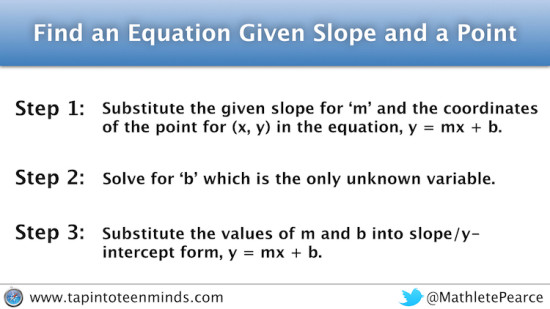
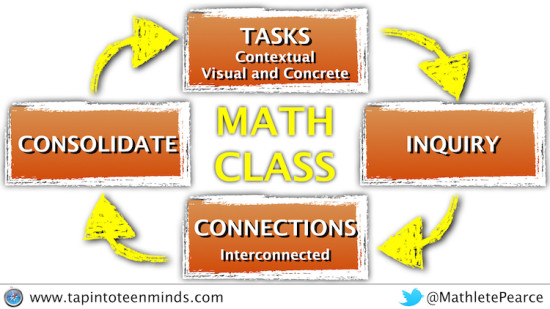
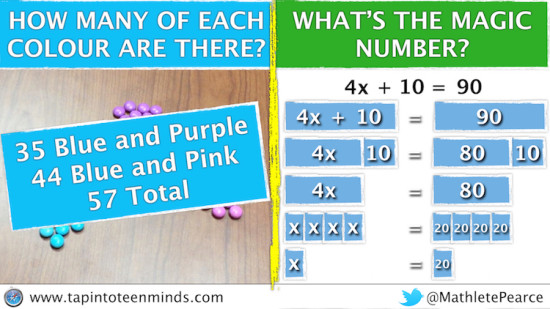
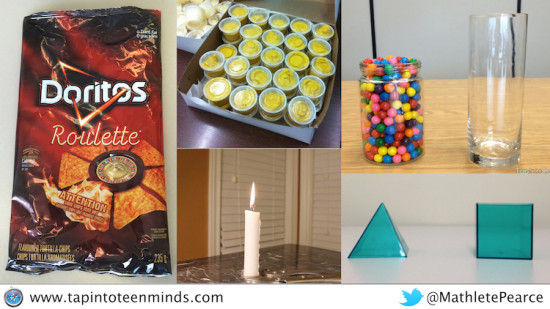
Trackbacks/Pingbacks